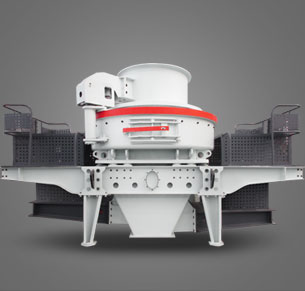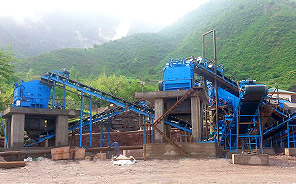Ball milling is a crucial technique in mineral processing, used for grinding and blending materials to achieve fine particle sizes and enhance liberation of valuable minerals. If you’re looking for a new ball mill for mineral processing, here are key considerations:
 1. Types of Ball Mills
1. Types of Ball Mills
– Horizontal Ball Mills: Most common for coarse to fine grinding.
– Vertical Ball Mills: Suitable for finer grinding and lower energy consumption.
– Planetary Ball Mills: High-energy milling for ultra-fine grinding (lab-scale).
– Rod Mills: Used before ball mills for coarse grinding.
2. Key Selection Factors
– Feed Size & Capacity: Match mill size to throughput requirements.
– Grinding Media: Steel balls, ceramic beads, or rods (size & material matter).
– Rotation Speed: Critical speed affects grinding efficiency (~65-75% of critical speed).
– Liner Design: Rubber, steel, or composite liners affect wear and efficiency.
– Dry vs. Wet Grinding: Wet milling is common in mineral processing.
3. Latest Innovations
– High-Pressure Grinding Rolls (HPGR) + Ball Mill Circuits → Energy-efficient pre-grinding.
– Variable Speed Drives → Optimize power consumption.
– Advanced Control Systems → AI-based optimization for particle size control.
 4. Leading Manufacturers
4. Leading Manufacturers
– Metso Outotec
– FLSmidth
– CITIC Heavy Industries
– ThyssenKrupp Polysius
– Gebr. Pfeiffer
5. Maintenance & Optimization Tips
– Regularly inspect liners & grinding media wear.
– Monitor slurry density (% solids) for optimal performance.
– Use real-time particle size analyzers (e.g., Malvern).
Would you like recommendations based on specific minerals (e.g., gold, copper, iron ore) or throughput needs? Let me know your exact requirements!





Leave a Reply